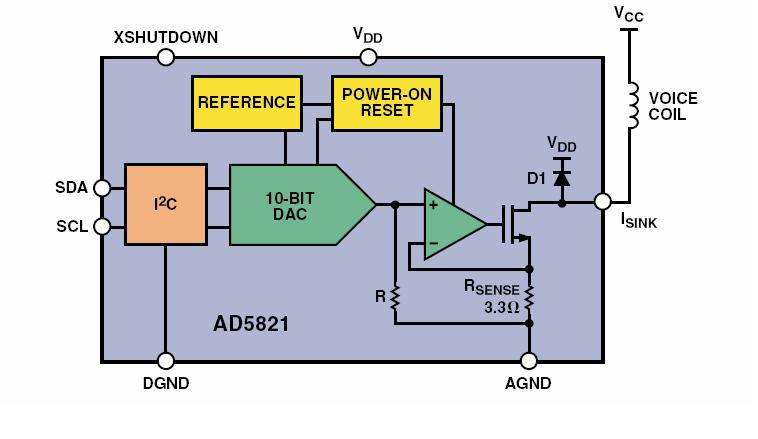invent
Member level 4


Hi, I have a few question about the block diagram:
1. How does the feedback generate the sink current required to drive the voice coil?
2. The data sheet states:
"Resistors R and RSENSE are interleaved and matched on-chip. Their temperature coefficients and any nonlinearities over temperature are therefore matched, minimizing the output drift over temperature." Why is that?
3. How does the diode D1 offer output protection?
Any ideas are greatly appreciated.
